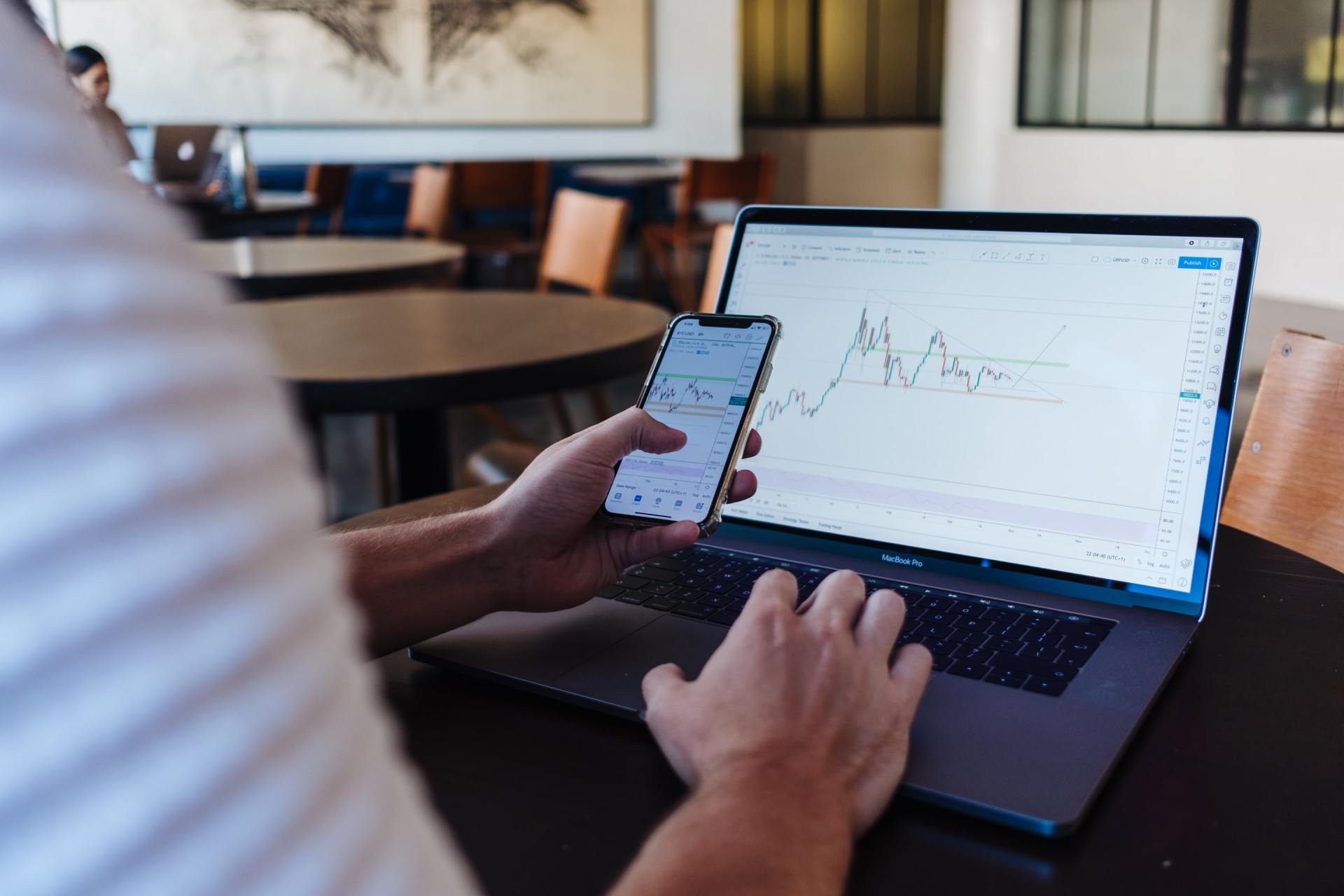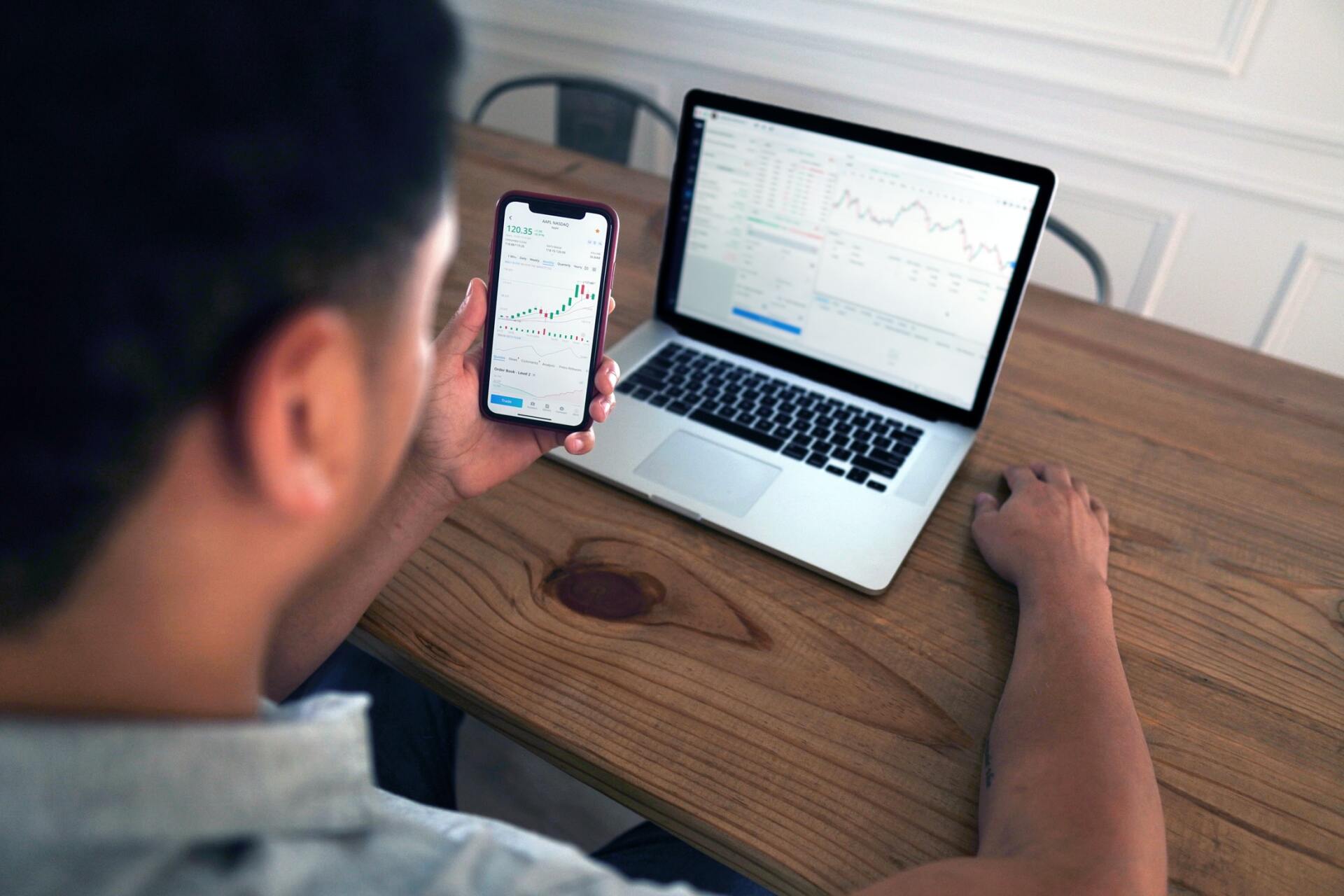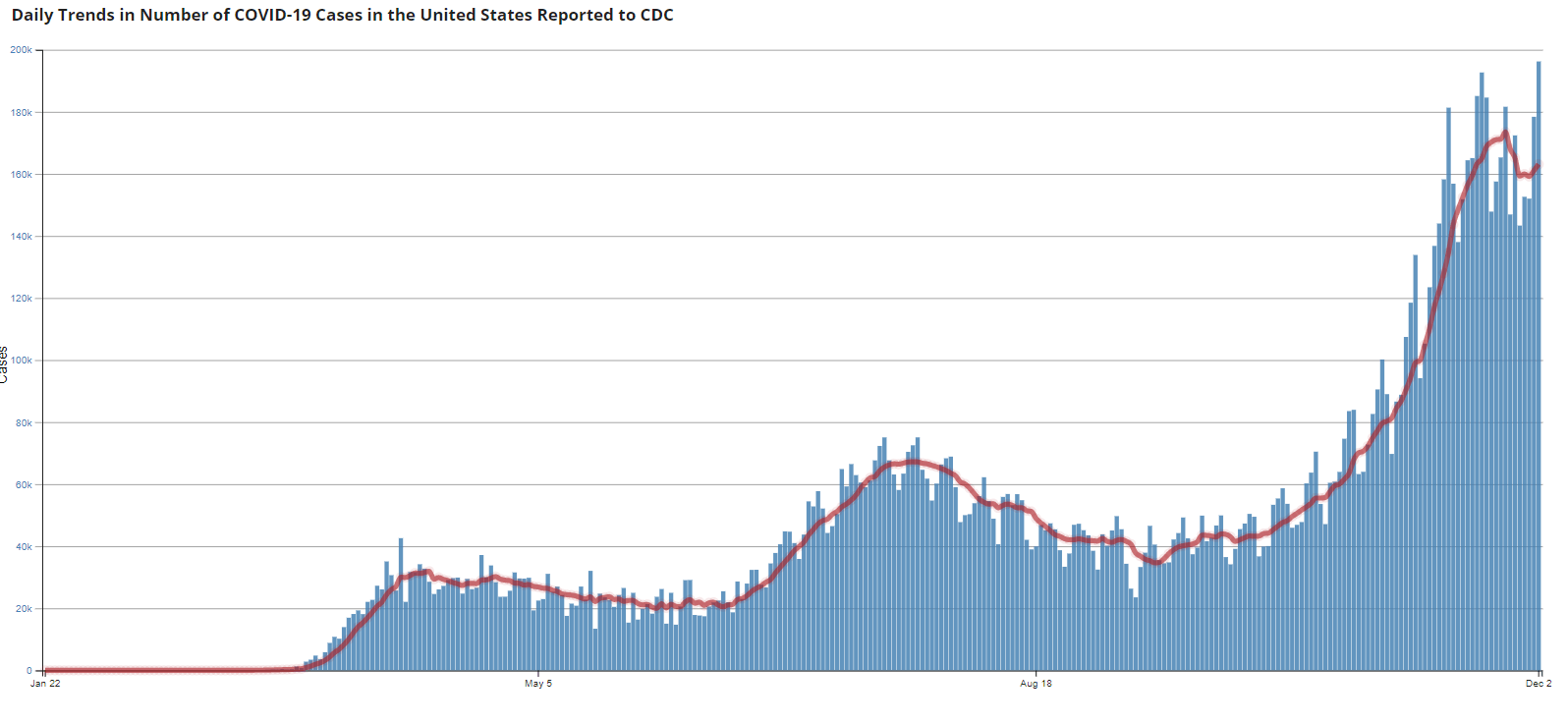Market Commentary | November 2020
As discussed in last month’s commentary, we felt November was going to be one of the more pivotal months that this country has seen in quite some time. Well, November lived up to its billing. As the page turned to the final month of the year, November experienced one of the most divisive U.S. Presidential Elections, the announcement of multiple vaccines’ effectiveness, and new all-time highs in the equity markets. December is sure to be intense as well while President Trump continues to contest the election, and as many states are determining how to handle the rise in cases of COVID-19 in tandem with the potential distribution of a vaccine. December will close the book on what has been one of the most interesting years in many of our lifetimes. We will keep this month’s commentary brief as we look forward to recapping the year in our annual commentary next month.
THE MARKET
Equity markets experienced a historic month in November as the S&P 500 finished up 10.75% and is now up 12.10% on the year.
The Dow Jones Industrial Average (DJIA) is now up 3.86% on the year after finishing the month of November up 11.84%. The technology heavy NASDAQ continues to perform well in 2020 as it is now up 35.96% on the year after finishing the month up 11.80%. Small cap stocks led the monthly performance numbers as the Russell 2000 is now up on the year by 9.07% after a tremendous month of November saw it increase by 18.29%.1 That is the strongest ever monthly performance for the index.2
Monday, November 30th, saw a dip in the markets to close out the month as monthly rebalancing likely trimmed the equity exposure in portfolios and investors were eager to lock in the gains experienced in November.
IMPACT OF THE ELECTION AND THE VIRUS
A large part of the monthly gains can likely be attributed to two factors. The U.S. Presidential Election has led to political certainty and there was positive news surrounding a COVID-19 vaccine. Investors are in favor of the political certainty as President Elect Joe Biden was able to defeat President Donald Trump in the November 3rd election. President Trump continues to contest the election, but he has yet to have any significant wins in court. President Elect Biden named Janet Yellen as his pick for U.S. Treasury Secretary. It is not expected to face much resistance in the Senate; however, she will need 51 votes to be confirmed. If Republicans maintain their majority of 52 seats after the Georgia runoff, Democrats will need to swing 3 senators to confirm her. If she is confirmed, she will be the first female to hold the role. She will be a welcome sight for Progressives as she served as the Chair of the Federal Reserve during the former President Obama’s second term. She was later replaced by Jerome Powell as Chair after Trump’s 2016 campaign targeted her for keeping interest rates too low. Current Secretary Mnuchin said that he will work with his successor “if things get certified,” which should further put investors’ minds at ease.3
As the election results became clearer, so too, did news regarding vaccine trials. Pfizer, BioNTech, Moderna, and AstraZeneca all announced positive news regarding late stage trials of a vaccine.4 From the perspective of many investors, this positive news was able to outweigh the increased number of virus cases, thus causing markets to rally throughout the month. The image to the right shows the daily number of virus cases throughout the year.
The United Kingdom gave emergency authorization on Wednesday, December 2nd, to Pfizer’s coronavirus vaccine. This makes them the first Western country to approve a vaccine for distribution. With the vaccine being codeveloped by an American company, this authorization puts more pressure on U.S. regulators to move faster.6 Federal government officials are promising that a vaccine will come soon, and some have even said before Christmas.7 However, only a limited number of vaccines will be available for immediate distribution following any sort of approval. As a result, a plan must be put in place to best curb the spread of the virus and to protect those most at risk. In a recent meeting, the Centers for Disease Control and Prevention (CDC) voted on which groups of people will be the first to receive the vaccine. In a 13-to-1 vote, it was decided that health care workers and residents of nursing homes and other residential care facilities will be first in line.8 The rest of the country may have to wait until late spring or potentially even until the summer of 2021.7 While we still may be months away from a widely distributable vaccine, the recent news on effectiveness of the vaccines and the news from Britain shows us that there is a light at the end of the tunnel.
CONCLUSION
With all of the news surrounding the election, the virus, and the markets, it can be difficult, and certainly stressful contemplating your investments. The good news is that you shouldn’t have to make sense of it all. Your financial plans should be built based on your own risk tolerance and your own financial objectives. The ebbs and flows of the markets will come and go with each new headline and each passing day, but your portfolios should be built to withstand the volatility. We will inevitably experience more negative news surrounding the virus. There are likely to be more lockdowns in certain parts of the country and visiting family over Christmas could become more controversial than it was over the Thanksgiving break. There will be positive news too. Recent unemployment applications fell last week after a recent jump signaling that layoffs are easing, even though they remain high as the labor market continues to recover.10 More positive developments on the vaccine front are likely as well. The resulting short term market fluctuations may be tough to look at as they scroll across the bottom of your television, but it is important to remember that your money exposed to this risk is meant for longer term goals. Remember to maintain your disciplined investment approach and take the emotion out of investing. Understanding your portfolio is about understanding expectations. It’s about having a sense of how your portfolio is designed and how it should behave over meaningful periods of time. Having a sense of how the investments should react to certain movements in the market. Having a dynamic plan in place should put your mind at ease when volatility is high. Please don’t hesitate to reach out if you’d like to revisit your risk tolerance and asset allocation. It is important that you feel comfortable about your current portfolio as December is likely to continue with the volatility seen thus far in 2020.
1 https://www.investing.com/indices/
3 https://www.foxbusiness.com/markets/if-treasury-secretary-janet-yellen-make-history
4 https://www.cnbc.com/2020/12/01/world-stocks-outperform-the-us-in-bumper-november.html
5 https://covid.cdc.gov/covid-data-tracker/#trends_totalandratecases
6 https://www.nytimes.com/2020/12/02/world/europe/pfizer-coronavirus-vaccine-approved-uk.html
7 https://www.cnn.com/2020/11/30/health/covid-vaccine-questions-when/index.html
8 https://www.webmd.com/lung/news/20201201/cdc-votes-on-who-should-get-covid-vaccine-first
10 https://www.wsj.com/articles/weekly-jobless-claims-coronavirus-13-2-2020-11606950268
21
Returns are based on the S&P 500 Total Return Index, an unmanaged, capitalization-weighted index that measures the performance of 500 large capitalization domestic stocks representing all major industries. Indices do not include fees or operating expenses and are not available for actual investment. The hypothetical performance calculations are shown for illustrative purposes only and are not meant to be representative of actual results while investing over the time periods shown. The hypothetical performance calculations for the respective strategies are shown gross of fees. If fees were included returns would be lower. Hypothetical performance returns reflect the reinvestment of all dividends. The hypothetical performance results have certain inherent limitations. Unlike an actual performance record, they do not reflect actual trading, liquidity constraints, fees and other costs. Also, since the trades have not actually been executed, the results may have under- or overcompensated for the impact of certain market factors such as lack of liquidity. Simulated trading programs in general are also subject to the fact that they are designed with the benefit of hindsight. Returns will fluctuate and an investment upon redemption may be worth more or less than its original value. Past performance is not indicative of future returns. An individual cannot invest directly in an index.
This material has been prepared for information and educational purposes and should not be construed as a solicitation for the purchase or sell of any investment. The content is developed from sources believed to be reliable. This information is not intended to be investment, legal or tax advice. Investing involves risk, including the loss of principal. No investment strategy can guarantee a profit or protect against loss in a period of declining values. Investment advisory services offered by duly registered individuals on behalf of ChangePath, LLC a Registered Investment Adviser.
| Index Returns (as of 11/30/2020) | Level | November | QTD | YTD |
|---|---|---|---|---|
| S&P 500 | 3621 | 10.75% | 7.69% | 12.10% |
| Dow Jones Industrial Average | 29639 | 11.84% | 6.68% | 3.86% |
| NASDAQ Composite | 12199 | 11.80% | 9.23% | 35.96% |
| Russell 2000 | 1820 | 18.29% | 20.70% | 9.07% |
| MSCI EAFE | 2054 | 15.38% | 10.70% | 0.83% |
| MSCI Emerging Markets | 1205 | 9.21% | 11.37% | 8.11% |
| U.S. Aggregate Bond | - | 0.98% | 0.62% | 7.36% |
Source (1)
Source (5)
Source (9)









P:
888.798.2360 F:
913.661.1183
6330 Sprint Pkwy Suite 400, Overland Park, KS 66211
Disclosure: Continuity planning offered through CreativeOne Wealth, LLC and CreativeOne Securities, LLC. CreativeOne Wealth, LLC. advisory services offered through CreativeOne Wealth, LLC, a Registered Investment Adviser. CreativeOne Securities, LLC. Member FINRA/SIPC and an Investment Advisor.
Privacy Policy | ADV Part 2A | Form CRS
© 2023 Creative One Marketing Corporation, CreativeOne Wealth, LLC and CreativeOne Securities, LLC.



